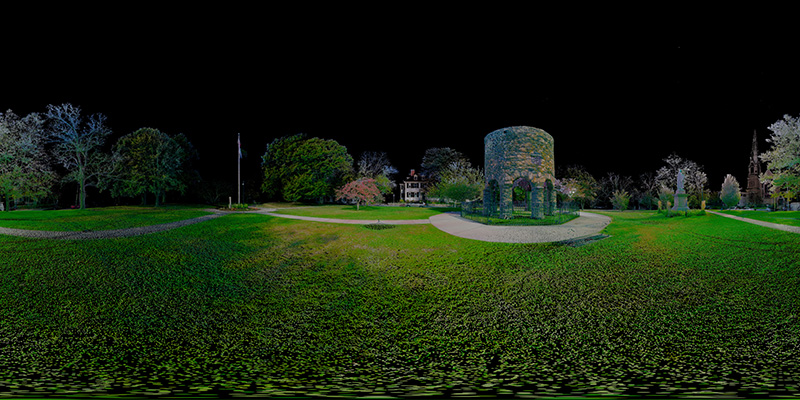E57Proposed standard for laser scan data.Edited: June 2017. Updated: February 2023
The most common file format for storing and interchange of 3D laser scan data.
In February 2011 E57 was approved as a ASTM standard (E2807). Broadly an E57 file consists of a 48 byte header, a series of data chunks, and finally an XML section. The whole file, including the header is split into 1024 byte "pages", 1020 bytes of data and 4 bytes at the end as a checksum. This chunk nature even applies to the otherwise text/readable XML section located after all the data chunks.
struct E57FileHeader {
char fileSignature[8];
uint32_t majorVersion;
uint32_t minorVersion;
uint64_t filePhysicalLength;
uint64_t xmlPhysicalOffset;
uint64_t xmlLogicalLength;
uint64_t pageSize;
}
In order to extract the XML section one simply reads from the start of the file in 1024 byte pages, once the file location reaches header.xmlPhysicalOffset save the remaining 1020 bytes of each 1024 page. There are of course other options, slightly more complicated but faster is to seek to header.xmlPhysicalOffset and determine which part of the 1024 page one is on, read the rest of that page and then continue to read 1024 bytes pages to the end of the file but only saving the first 1020 bytes of each. An example XML section is provided here: xml.zip. It seems normal that a E57 file is padded to integer multiple of the page size, 1024, so header.filePhysicalLength is always a multiple of 1024.  Navigable version 
|